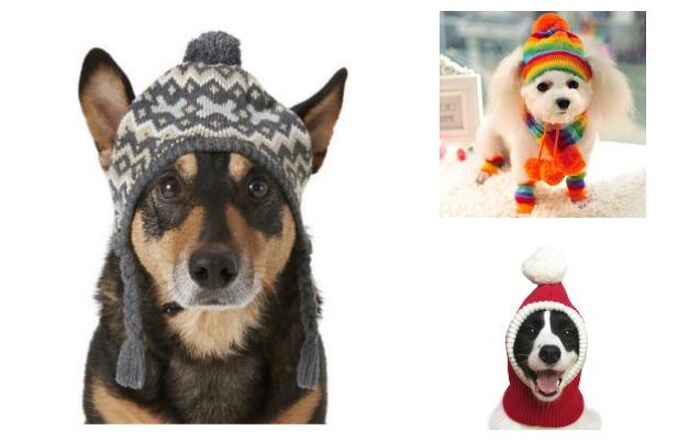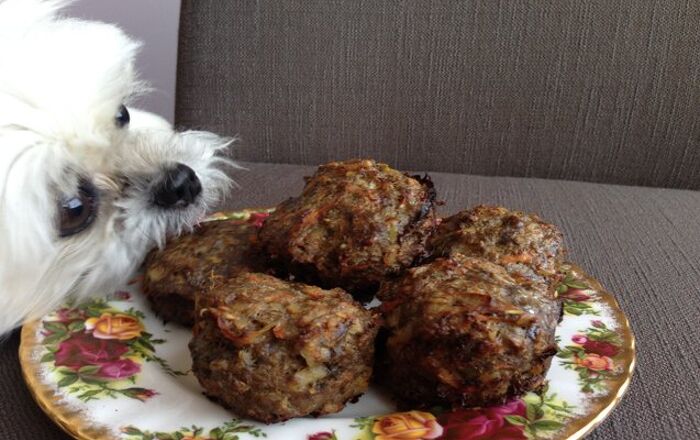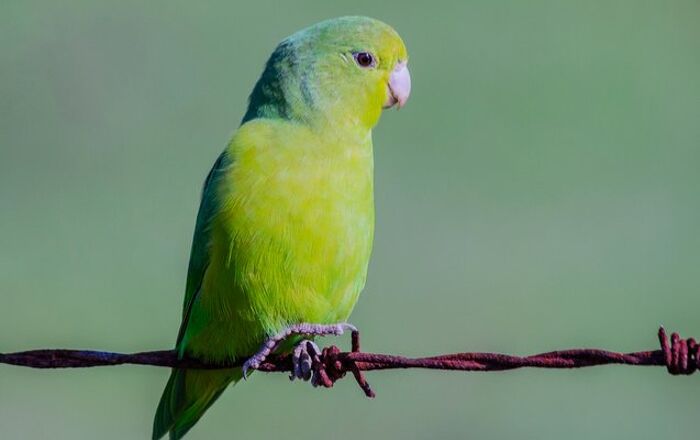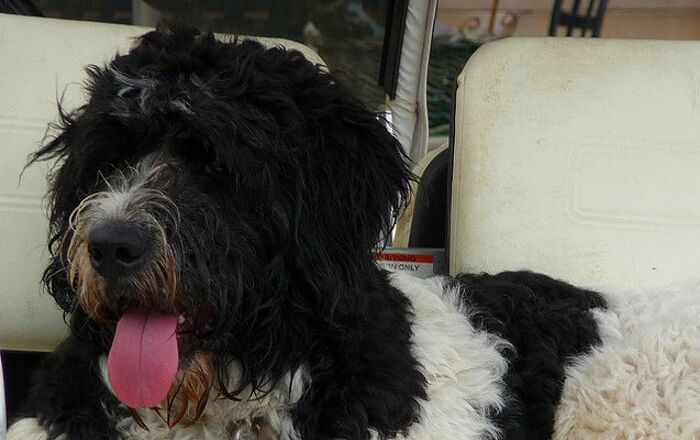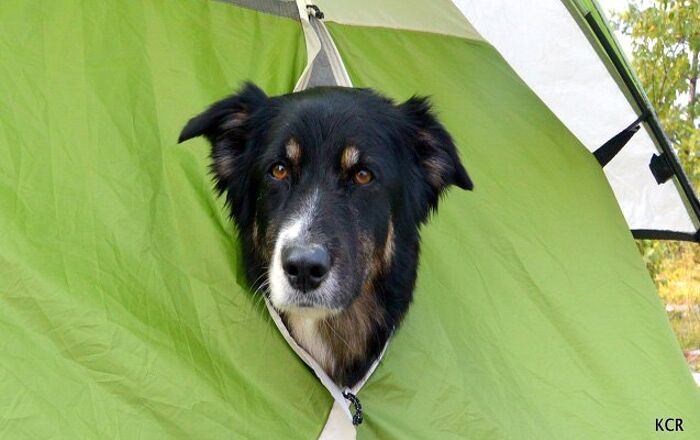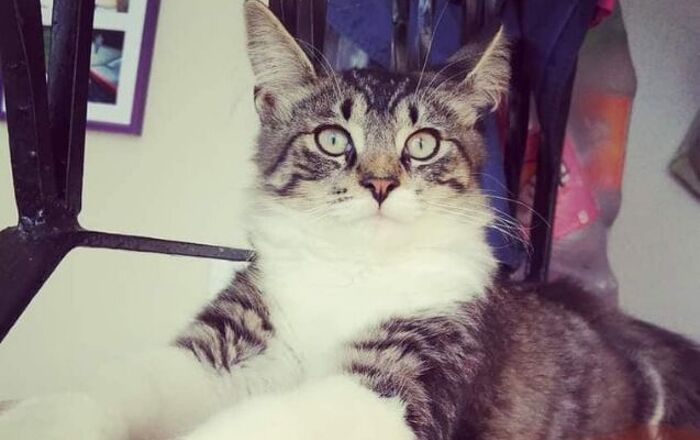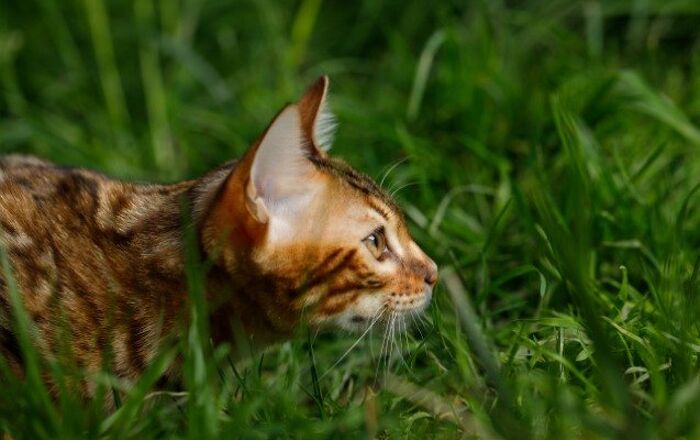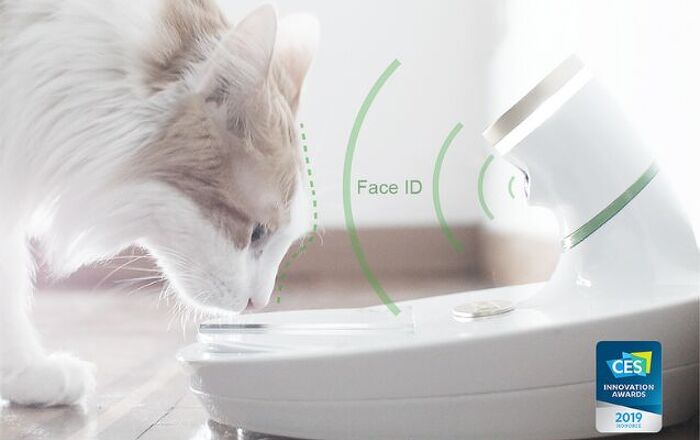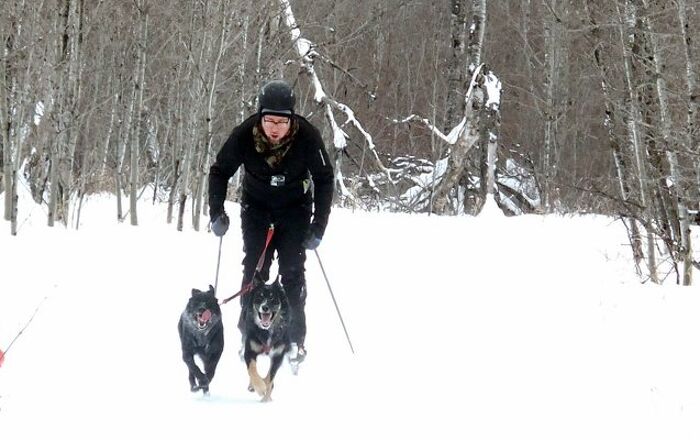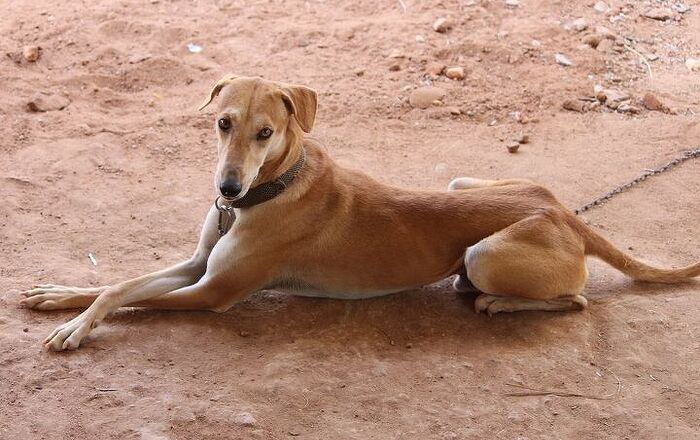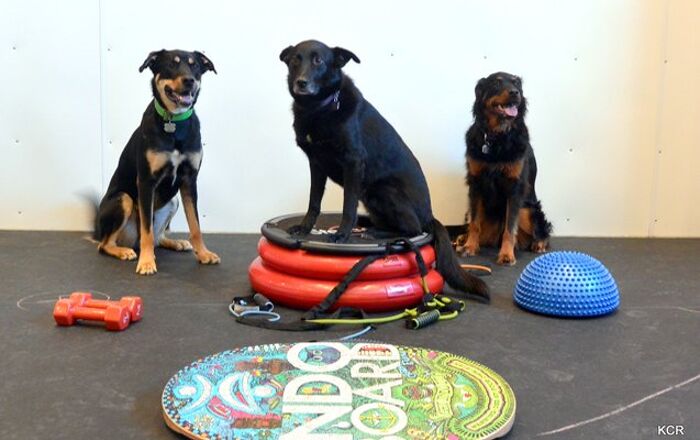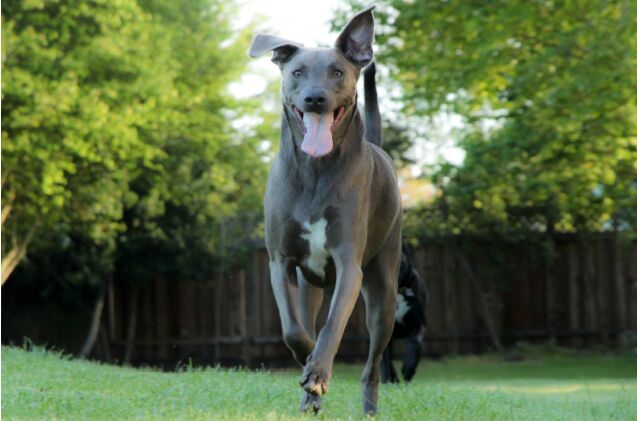
Blue Lacy Basics
The Blue Lacy dog is one of the traditional, all-American working breeds with a long history. To be more precise, it is the official breed of the state of Texas – its pride and joy and a big piece of the state’s heritage. A hard worker and an intelligent pet, the Blue Lacy is very popular in their home state, and elsewhere too! In recent years, the breed’s great character and many qualities became widely recognized, and the breed’s popularity spread to the rest of the world, Europe in particular. And for a good reason too – the Blue Lacy is a fun and energetic breed, with a colorful personality and an elegant appearance. A hardy and hard-working animal, it is most popular with ranch owners and farmers all across Texas, who learned to appreciate its devotion to the task at hand, as well as its positive and friendly attitude.
But even so, the Blue Lacy is often unjustly overlooked because the majority of them are still local to Texas. However, this is quickly changing as the breed’s popularity is spreading to other parts of the world. The future is looking bright for this great breed. So let’s learn more about the Blue Lacy dog!
Origin
With all of their unique qualities of a hard-working ranch dog, you’d think that the Blue Lacy has a complex breeding history. But its story is somewhat simple. The breed was specifically developed by four brothers of the Lacy family, in the mid-to-late 1800s. Moving from rugged Kentucky to the more prosperous Texas, the brothers needed a smart and hardy dog to help them on their big ranch. Allegedly, the mixture of a gray wolf (or a coyote), a scenthound, and a Greyhound, formed the distinct breed that is now known as the Blue Lacy. These dogs quickly displayed a great ability to handle multiple key tasks and complete important chores on the ranch – such as herding cattle and free-range pigs, treeing small game, tracking animals, and providing good company.
From its origins with the Lacy brothers, the breed quickly spread across Texas, where its work ethic was widely appreciated. It earned a colloquial nickname of “Lacy Hog Dog”, due to its particular skill of herding free-range hogs that were common in the state. The Lacy brothers went on to become an influential Texas family, and their name now lives on in every Blue Lacy puppy.
Pedigree
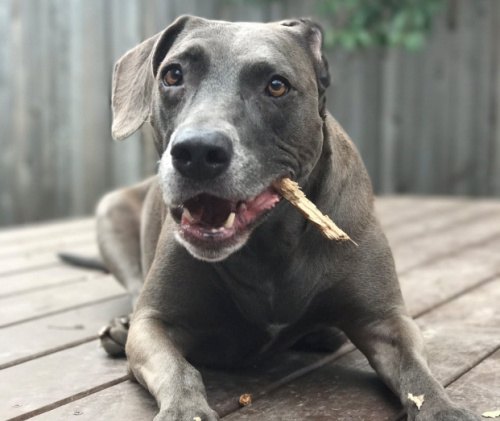
As this is a breed with a clearly defined provenance and with a single point of origin, it shouldn’t be all that hard piecing out its pedigree. Blue Lacys are usually found with reputable breeders, and they should be able to provide a pedigree that guides itself by a strict breed standard. Of course, it should be a safe assumption that most Blue Lacys today can track their parentage all the way back to the 1860s and to the ranch of the Lacy brothers. Knowing the history of a breed in so much detail is a sure way to understand your new pet’s potential pedigree and heritage.
Food/Diet
In order to grow up strong and lean, dogs require a balanced and nutritious diet. For a Blue Lacy, nutrition is very important. All that energy that is constantly spent will need to be replenished with wholesome and nourishing food that gives them fuel for everyday tasks.
Usually, most owners pick dry dog food for active dogs that is high in protein and enriched with essential minerals and vitamins. Protein helps them maintain energy and keeps the dog muscular and lean, so make sure that the kibble of your choice has plenty of it – ideally, the first ingredient on the list should be real meat. Of course, if you are ever in doubt about the proper diet for your pet, don’t hesitate to seek out the advice of your vet as they can recommend the ideal dog food your Lacy needs.
Avoid feeding your pet table scraps and human food. While they’d devour it with appetite, it is nevertheless bad for their health. It can cause digestive issues, skin problems, and obesity.
Training
Training a Blue Lacy should not be a big challenge. This breed has specific traits and instincts that make it a natural-born learner. Armed with an assertive attitude, patience, and just a few treats, you should be able to achieve good results in no time. Of course, you should begin training early on, as Blue Lace puppies are always eager to learn in those early formative years. And, if you live on a ranch or a big farm, where tasks for a working dog are plenty, you will quickly notice those natural instincts kicking in. The Blue Lacy won’t hesitate to show off its skill at rounding up hogs or cattle and running after small prey.
Of course, such an intelligent animal will always need a leader to follow. You will have to adopt an alpha attitude and let them know you are the boss. Like most herding dogs, the Blue Lacy will react to strict commands for every action. Such commands have to be repeated over and over and learned over time.
Weight
The Blue Lacy is a lightly built medium dog with a balanced, athletic appearance. On average, they will weigh between 25 to 45 lbs for females and 35 to 50 lbs for males. Both will grow to a height of around 18 to 21 inches. The breed has a proportional height-to-weight ratio and will look lean and slender.
Temperament/Behavior

An intelligent and inquisitive breed, the Blue Lacy has a rich character that is marked by obedience, protectiveness, and devotion to the task. These are alert and active dogs, with determination and hardiness being the defining features of their breed. When young, they possess a lot of energy that waits to be spent properly, so they could be a bit of a handful, especially for inexperienced owners. But in a family setting, where they are showered with affection, the Blue Lacy will display a protective attitude and plenty of loyalty, making a great guardian and watchdog.
It is however important to remember that the Blue Lacy has a very accentuated prey instinct, being traditionally used for roles in pursuit and hunting. If the dog is not properly socialized, their high prey drive can often float up to the surface and cause trouble: small animals, cats, tiny dogs, and such can all be seen as prey by the vigorous Lacy. This is why socialization from an early age is a crucial part of their upbringing. With it, you ensure that your pet grows up to be friendly, smart, and peaceful. No matter the situation.
Common Health Problems
This is traditionally a healthy and hardy breed of dog, developed to endure harsh outdoor conditions and long periods of intense work. Such resilience remains ingrained in the breed’s DNA even today, making the Blue Lacy a dog with few inherent issues. Still, no dog is exempt from a few snags along the way. They could suffer from food allergies and skin problems such as infections and rashes. They were also known to suffer from hip and elbow dysplasia, especially in their senior years. This causes abnormalities and improper development of hip and foreleg joints, often causing discomfort and lameness.
To help ensure your pet reaches their golden years in top form, provide a healthy and balanced diet, regular vet checkups, plenty of exercise and mental stimulation, and a lot of affection and care. With all of their needs taken care of, you will greatly reduce the risk of any health issues appearing down the road.
Life Expectancy
The average life expectancy of a Blue Lacy dog is between 14 and 16 years. That is quite an impressive number, right? Especially considering that the average maximum lifespan for most dogs is 15 years. The Blue Lacy owes its longevity to its outdoorsy and energetic heritage. There are documented cases of 16-year-old Lacys still working hard on ranches across Texas.
Exercise Requirements
A traditionally working breed of dog, the Blue Lacy is energetic, athletic, and has great endurance. This means that its energy levels could be a bit high – especially if there is no work to be done. The breed thrives when given a task to complete, much like all the other herding dogs. Tasks such as herding cattle, trailing and tracking, or even fetching can help them burn off all that extra energy and let off some steam. In modern times, when it is widely appreciated as a pet and not working on a ranch, the Blue Lacy can excel in sports activities that will have the exact same role as those ranch jobs. This includes agility training, outdoor activities such as hiking and camping, and anything similar that can require their intelligence and athleticism.
Of course, as a pet and not a working dog, the Blue Lacy will require a bit of extra time outside. Regular brisk walks are important, as well as some playtime in the park. Playing fetch can be a great pastime for this breed. If your busy daily schedule cannot compete with the needs of this breed, you might need to look elsewhere.
The fact that the Blue Lacy is a highly energetic breed that needs a lot of exercise makes them inadequate pets for smaller spaces. It just won’t do well in an apartment or urban environment. These are dogs that thrive in a home with plenty of open space, so large houses and fenced-in yards are a big deal for them. If you have a ranch or a farm, that would be the ideal solution: here, the instinctual roles of the Blue Lacy can be satisfied with ease.
AKC
A renowned and original breed with a clearly defined heritage, the Blue Lacy easily finds recognition with the leading registries. It is recognized by the National Kennel Club but still hasn’t found its place with the American Kennel Club. In its home state of Texas, however, it is a cherished and celebrated breed. It has been officially recognized as a “true Texas breed” by the Senate, and in 2005 it was accepted as the official State Dog Breed of Texas. With the breed finding fans all across the world, it is bound to find its place in other leading global registries.
Coat
This breed boasts a short and smooth coat that does not shed all that much. Some light grooming is still necessary to keep everything tidy and hair-free. Due to the shortness of their coat, you should avoid excess bathing. This can dry out their skin and cause irritation and infections.
Coat colors are also the defining feature of the breed. Originally called “Blue” for their striking blue-gray color, they are not exclusive to that appearance. The breed can also be light silver and dark charcoal, rust-colored, light cream, or a “Tri” mix with white spots and markings. Either way, the Blue Lacy is an elegant and streamlined breed, captivating with its unique coloring and always charming.
Puppies
For any dog, the formative puppy years are a very important period. At first, you will need to be protective of the fragile Blue Lacy puppies. But as soon as they are ready to roll, you should start proper socialization and training. The former helps them grow up into healthy and friendly animals, while the latter makes them obedient, smart, and a joy to be around. If you live on a ranch, you shouldn’t be surprised to see a Blue Lacy puppy going after the hogs or the cattle all on their own. It is, after all, an instinct ingrained in their DNA.
A Blue Lacy pup can be quite an energetic little ball of buzz. Eager to play, run, herd, discover, and everything else in between, they might be quite a handful at this time. You have to make sure that your schedule and abilities can accommodate this energetic behavior. Otherwise, you risk them developing destructive behaviors early on.
Photo credit: Jessica Lobsinger/Shutterstock, Maddie Walther/Shutterstock, TomFooleryLifePhotography/Shutterstock

